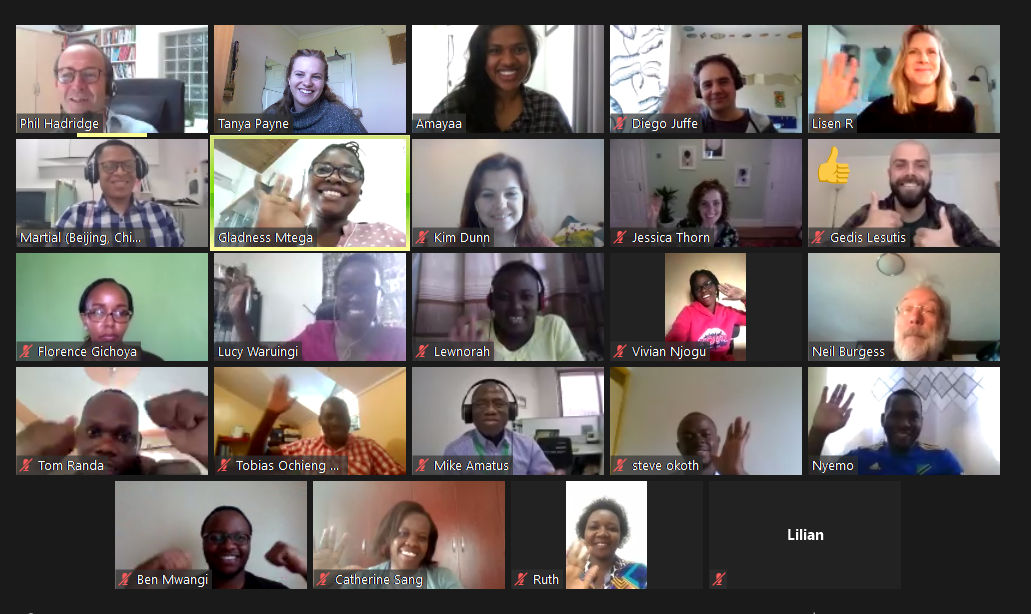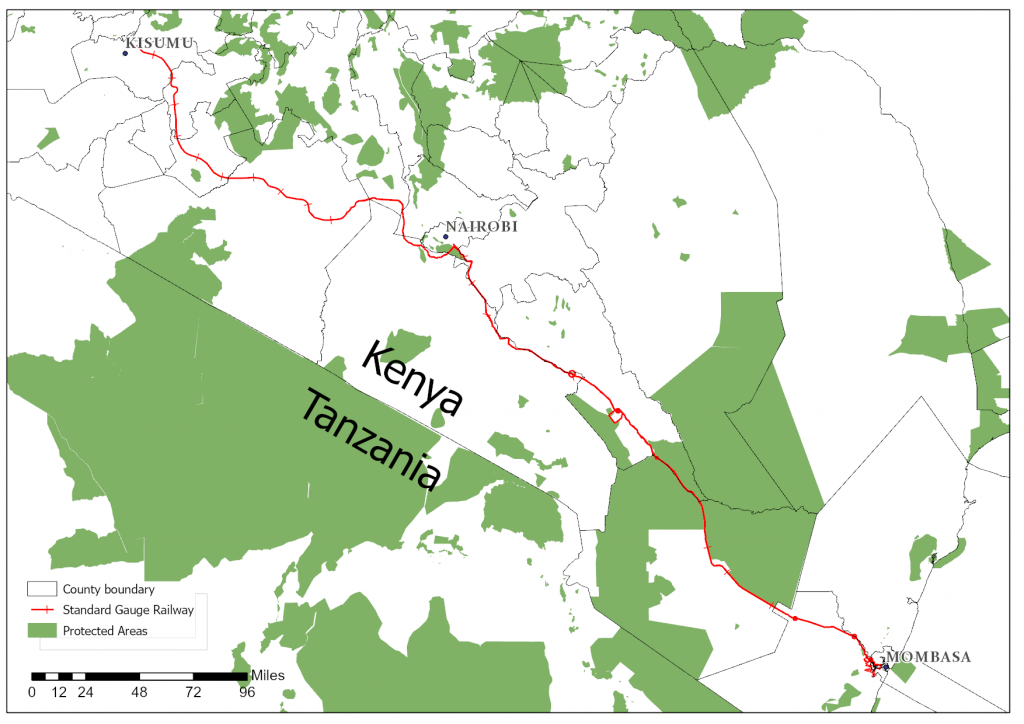
Tooling up to act for nature
This World Environment Day, the theme is to “Act for Nature”. What does this call to action mean for scientific research?
It is clear that the production of knowledge alone, while critically important, may not always be enough to make impact.
Increasingly, a scientist’s call to action includes engaging at the ‘science-policy interface’. That is, to facilitate the translation of scientific findings into policies and on-the-ground interventions that make positive change for people and planet.
This engagement has also been prioritised by initiatives such as UK Research and Innovation’s Global Challenges Research Fund (UKRI GCRF), which channels £1.5 billion of the UK’s Overseas Development Assistance (ODA) into interdisciplinary programmes that address cross-cutting challenges in the developing world.
A collaboration built on diverse strengths
The Development Corridors Partnership has been conceived as a 4-year capacity building and research project, funded by the UKRI GCRF, to assess existing and proposed development corridors in Kenya and Tanzania, and collaboratively consider how they can be designed to deliver sustainable, inclusive and resilient economic growth.
Our project brings together 11 institutions and 40 researchers in Kenya, Tanzania, China and the UK to deliver research excellence in assessing environmental and social risks, scenario planning, and understanding social costs and benefits. We seek to integrate these findings into key policy decisions.
To achieve this, DCP has designed interventions aimed at upskilling its researchers to understand the policy context of their work. The programme is being delivered virtually due to the ongoing COVID-19 restrictions.
Tools to strengthen targeted science-policy action
The capacity building under DCP includes a purpose-designed, virtual training programme for early career researchers on translating research to impact. The content ranges from tools that can help to influence policy, such as policy briefs, to understanding political agenda setting. The programme is ongoing, but here are some useful takeaways for researchers wanting to make an impact:
- Impact must be planned. There is little use in trying to retrofit research outcomes to meet decision-makers’ needs. Gaps in evidence and insight and opportunities to influence policy and practice need to be identified early in a project’s life cycle and reinforced throughout. Otherwise, it’s easy to wander off the pathway to impact as the project unfolds.
- Scientific advice (usually) needs to be offered proactively to decision-makers Although there is a clear need to fill the knowledge gaps surrounding the trade-offs between infrastructure development and social/environmental externalities, it is often the case that policymakers are not driving this demand. A carefully planned proactive communications strategy is necessary to influence policy.
- Context, context, context Large-scale development and infrastructural projects are rarely planned for environmental benefit. It’s important to show decision-makers how project findings can add value and legitimacy to their own goals, be it regional integration, poverty alleviation, or economic development. It’s also important to tailor the language to different audiences and policy contexts.
By 2021, it is planned that the Development Corridors Partnership will be able to positively contribute towards sustainable corridor design and decision-making in Kenya and Tanzania, and that key skills in bridging the gap between evidence and action can be carried forward into the future by its researchers. World Environment Day gives us the opportunity to redouble our efforts and to reimagine ways in which collaborative research projects can act for nature.

The Mombasa-Nairobi Standard Gauge Railway in Kenya is an example of a development corridor. It will be operated by the China Communications Construction Company for the first five years, and runs through the Nairobi National Park, among other protected areas (seen in green) and crosses lands traditionally used by pastoralists (Map developed by Diego Juffe/ Development Corridors Partnership)
